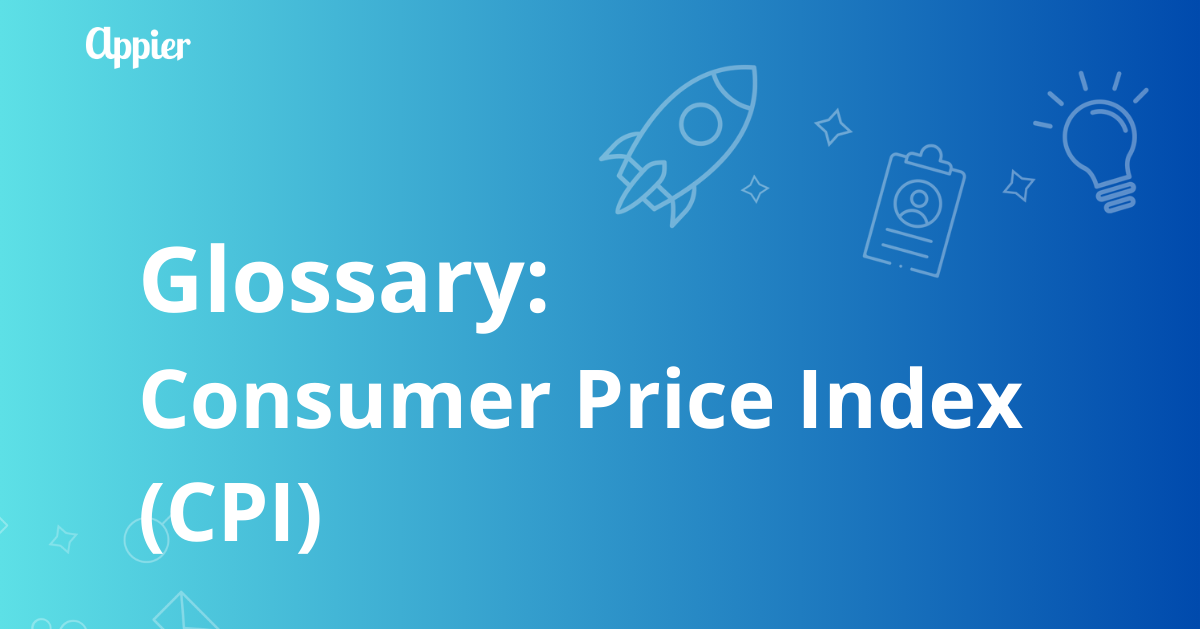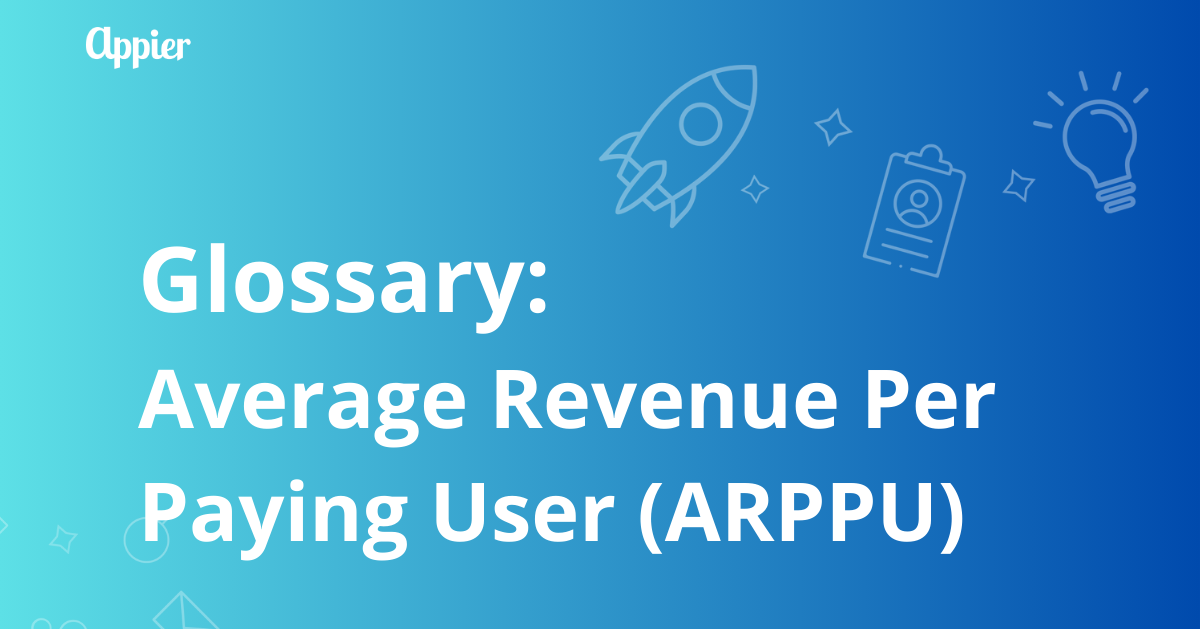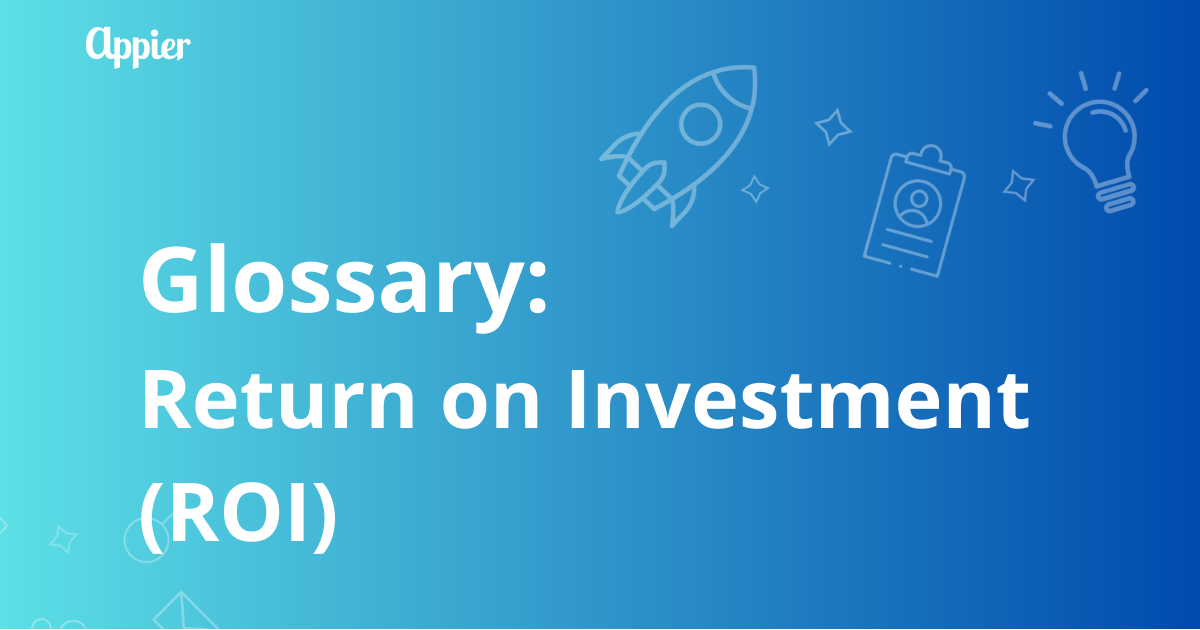4 min read
What is CPI (Consumer Price Index )?
The Consumer Price Index (CPI) is a statistical measure that tracks the average change over time in the prices paid by consumers for a basket of goods and services. It is often used as an indicator of inflation or deflation, reflecting how much prices are rising or falling in an economy. The U.S. Bureau of Labor Statistics (BLS) calculates CPI by collecting price data from various categories, such as food, housing, transportation, medical care, and more, representing typical consumer spending patterns.
Why is CPI Important?
CPI plays a crucial role in economic analysis and decision-making. For example:
- Governments use CPI to adjust tax brackets, Social Security benefits, and other public programs to account for inflation.
- Businesses rely on CPI to evaluate pricing strategies, wage adjustments, and cost management.
- Consumers can use CPI to understand how inflation affects their purchasing power and plan their budgets accordingly.
How is CPI Calculated?
The formula for calculating CPI is simple:
.png?width=542&height=454&name=formula%20(18).png)
Example Calculation:
Let’s say the cost of a basket of goods was $200 in the base year and $220 in the current year. Using the formula:
(220-200)÷200x100%= 10%
This result means there has been a 10% increase in prices compared to the base year.
Real-Life Examples of CPI
- Groceries: Rising Food Prices
Food inflation has been a notable contributor to CPI increases. According to Trading Economics in the U.S., food prices rose by 3% in March 2025, with specific categories like meats, poultry, fish, and eggs increasing by 1.3%. For example, if a household spent $50 on groceries last year and now spends $51.50 for the same items, this reflects the rise in CPI for food-at-home purchases. Items like eggs saw a sharp increase of 5.9%, further driving up grocery bills.
- Fuel Costs: Transportation Inflation
Transportation costs have also seen significant changes. The Bureau of Transportation Statistics in the U.S., reported that transportation-related expenses rose by 3.2% between January 2024 and January 2025. For instance, motor vehicle insurance surged by 11.8%, while gasoline prices experienced a modest increase of 0.3%. If a driver paid $3 per gallon for gas last year and now pays $3.01 per gallon, this minor price hike contributes to the overall CPI increase for transportation goods and services.
Types of CPI
The Bureau of Labor Statistics publishes two main types of CPI:
- CPI-U (Consumer Price Index for All Urban Consumers): Covers about 93% of the U.S. population and includes most urban households.
- CPI-W (Consumer Price Index for Urban Wage Earners and Clerical Workers): Focuses on households where income primarily comes from hourly wages or clerical jobs and is commonly used to adjust Social Security benefits.
Limitations of CPI
While CPI is a valuable tool, it has some limitations:
- It doesn’t account for regional price differences.
- It excludes non-consumer expenditures like investments or savings.
- Substitution effects (e.g., switching to cheaper alternatives) may not always be fully captured.
Conclusion
The Consumer Price Index (CPI) is a vital economic indicator that measures changes in the cost of living over time. By tracking price fluctuations across a wide range of goods and services, it offers insight into inflation trends, helping governments, businesses, and individuals make smarter financial decisions. Whether you're planning your household budget or decoding the economy, understanding CPI can give you an edge.
Want to read more? → [Cost Per Install (CPI)] is another popular term in the marketing world—it’s what advertisers use to track how much they’re paying for each new app install. Same acronym, totally different universe!
Appier: Revolutionizing Full-Funnel Marketing with AI-Powered Solutions
In the fast-paced world of digital marketing, Appier gives you the competitive edge. Our AI-powered platforms analyze vast amounts of data in real-time, providing actionable insights that drive smarter decision-making. From automated ad targeting to personalized content delivery, we optimize every aspect of your marketing strategy.
As of 2024, Appier serves more than 1,700 customers globally, spanning various industries from finance to retail. The company's impressive client roster includes renowned gaming brands such as NEXON, SuperPlanet, Murka Games, TapNation, Gameduo.



